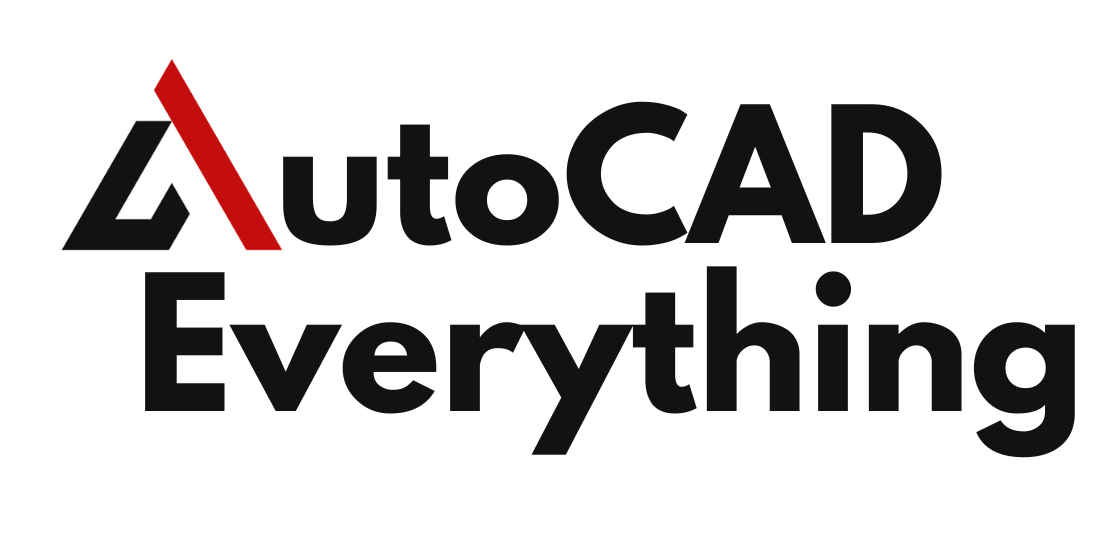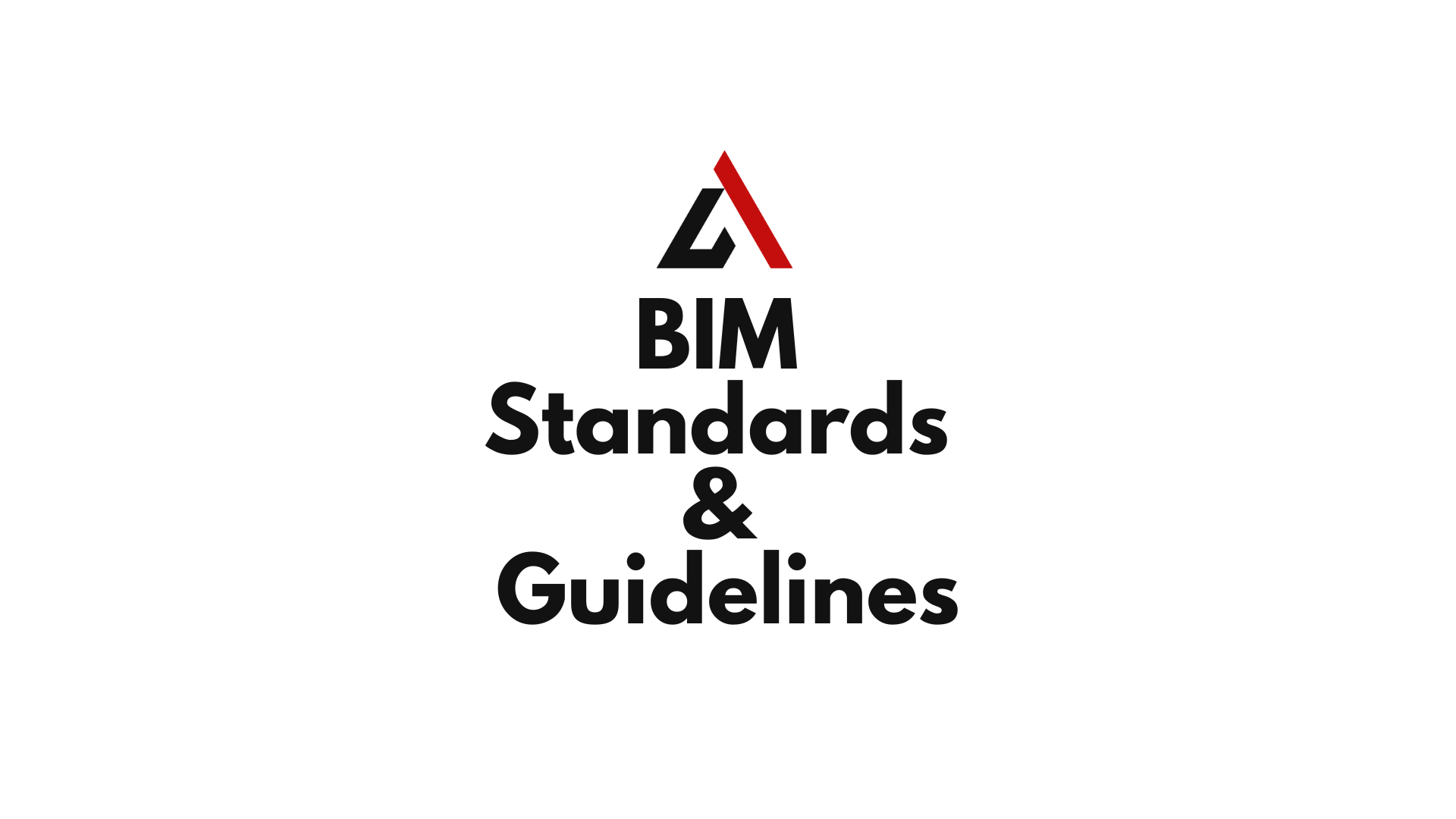Introduction
As Building Information Modeling (BIM) becomes the global standard for construction and infrastructure projects, organizations must follow BIM standards and guidelines to ensure consistency, accuracy, and interoperability.
BIM standards provide:
✅ Common workflows for design, construction, and facility management.
✅ Clear definitions of data structures, model levels, and collaboration methods.
✅ Interoperability between different BIM software tools.
This guide covers the most important BIM standards, including ISO 19650, Level of Development (LOD), COBie, IFC, and BS 1192, ensuring your project follows best practices in BIM implementation.
Table of Contents
Why Are BIM Standards Important?
BIM standards create a unified framework for AEC (Architecture, Engineering, and Construction) professionals to collaborate efficiently. Following industry-standard BIM protocols offers several benefits:

✔ Better Coordination & Collaboration – Standardized BIM models enable multi-disciplinary teams to work together seamlessly.
✔ Improved Data Quality & Accuracy – Ensures that BIM models contain the correct level of information at each project stage.
✔ Regulatory Compliance – Many governments and agencies require ISO 19650 or national BIM standards for public projects.
✔ Software Interoperability – Standards like IFC (Industry Foundation Classes) ensure compatibility between Revit, Archicad, Tekla, and other BIM tools.
✔ Better Facility Management – Standards like COBie (Construction-Operations Building Information Exchange) help manage asset data post-construction.
Key BIM Standards & Guidelines
1. ISO 19650 – The International BIM Standard
What is ISO 19650?
ISO 19650 is an international BIM standard that defines the organization and management of digital information in construction projects. It provides a structured approach to BIM workflows, ensuring collaboration, security, and efficiency.
ISO 19650 Key Principles
✔ Defines roles and responsibilities for BIM implementation.
✔ Standardizes data exchange for different project phases.
✔ Enhances collaboration using a Common Data Environment (CDE).
✔ Ensures security & information management for BIM files.
ISO 19650 Structure
ISO 19650 is divided into multiple parts:
- ISO 19650-1 – Concepts and principles of BIM management.
- ISO 19650-2 – BIM standards for project delivery.
- ISO 19650-3 – BIM for asset management and facility maintenance.
- ISO 19650-5 – Security and risk management in BIM.
Adoption: Many countries, including the UK, EU, US, and Middle East, have implemented ISO 19650 as their official BIM framework.
👉 Example: A government infrastructure project in the UK must comply with ISO 19650 workflows for model submission, approval, and lifecycle management.
2. Level of Development (LOD) in BIM
What is LOD?
Level of Development (LOD) defines the detail and reliability of a BIM model at different project stages. It ensures that stakeholders know how much information a BIM model contains at each phase.
LOD Classifications
- LOD 100 – Conceptual massing, no detailed geometry.
- LOD 200 – Basic elements with approximate dimensions.
- LOD 300 – Precise dimensions, location, and materials.
- LOD 350 – Includes connections and interfaces between elements.
- LOD 400 – Fabrication-ready model for construction.
- LOD 500 – As-built model for facility management.
👉 Example: An architect working in Revit develops a model at LOD 200 during schematic design and upgrades it to LOD 400 for construction detailing.
3. COBie (Construction-Operations Building Information Exchange)
What is COBie?
COBie is a standardized data format used for transferring BIM data from design and construction to facility management.
How Does COBie Work?
- Stores MEP, structural, and asset information in a structured spreadsheet format.
- Helps facility managers track building components after construction.
- Improves maintenance planning by integrating with CAFM (Computer-Aided Facility Management) systems.
COBie Workflow in BIM
✔ Architects & engineers populate COBie data during BIM modeling.
✔ Contractors update the as-built model with final asset details.
✔ Facility managers use COBie files to manage building maintenance.
👉 Example: A hospital BIM model includes COBie-compliant HVAC and plumbing data, ensuring smooth facility management after construction.
4. Industry Foundation Classes (IFC) – The OpenBIM Standard
What is IFC?
IFC (Industry Foundation Classes) is an open data format that ensures BIM software interoperability. It allows models from Revit, Archicad, Tekla, and Bentley software to be shared seamlessly.
IFC Advantages
✔ Cross-platform compatibility between different BIM tools.
✔ Supports data exchange for architectural, structural, and MEP elements.
✔ Enables OpenBIM workflows, reducing reliance on proprietary file formats.
👉 Example: A civil engineering firm exports an Allplan BIM model to IFC so it can be used in Navisworks for clash detection.
5. BS 1192 – UK’s BIM Collaboration Standard
What is BS 1192?
BS 1192 is a British standard for BIM data management. It introduces structured workflows for:
- Model coordination using a Common Data Environment (CDE).
- Version control to prevent conflicts between teams.
- Clash detection and issue tracking.
BS 1192 has been superseded by ISO 19650, but many UK firms still follow its naming conventions and workflow principles.
Comparison of BIM Standards
| Standard | Purpose | Key Benefits | Used In |
|---|---|---|---|
| ISO 19650 | Global BIM framework | Standardized workflows, collaboration, security | International (UK, EU, US, Middle East) |
| LOD (Level of Development) | Defines BIM model detail | Ensures model accuracy at different project phases | AEC projects worldwide |
| COBie | BIM to facility management | Asset tracking, maintenance planning | Facility managers, public projects |
| IFC (Industry Foundation Classes) | OpenBIM data exchange | Interoperability between BIM tools | Global OpenBIM workflows |
| BS 1192 | UK BIM standard | Common Data Environment (CDE), collaboration | UK & some EU projects |
Future of BIM Standards
1. AI & Automation in BIM Compliance
- AI-driven tools will automate BIM standard compliance checking.
2. Digital Twins & Smart BIM
- BIM will integrate with IoT sensors and real-time data tracking for Digital Twin applications.
3. Cloud-Based BIM Collaboration
- Future BIM standards will focus on 100% cloud-based project coordination.
FAQs About BIM Standards
1. Why is ISO 19650 important for BIM?
ISO 19650 standardizes BIM workflows, ensuring global project consistency.
2. What is the difference between LOD and COBie?
LOD defines BIM model detail levels, while COBie focuses on data transfer for facility management.
3. Is IFC better than proprietary BIM formats?
Yes, IFC allows interoperability between Revit, Archicad, Tekla, and other BIM software.
4. Do all BIM projects require COBie?
COBie is mainly required for government and facility management projects.
Conclusion
Following BIM standards like ISO 19650, LOD, COBie, and IFC ensures accuracy, collaboration, and regulatory compliance. Whether you’re working on architectural design, construction, or facility management, adopting these BIM guidelines will improve project efficiency and interoperability. 🚀

